Intro
Discover effective hurt groin treatment options, including rest, compression, and physical therapy, to alleviate groin strain and pain, promoting swift recovery and preventing further injury.
The groin area is a sensitive and vital part of the human body, and any injury or strain to this region can be quite painful and debilitating. A hurt groin can be caused by a variety of factors, including sports injuries, overuse, or sudden movements. If you're experiencing groin pain, it's essential to seek medical attention to determine the underlying cause and receive proper treatment. In this article, we'll delve into the various treatment options available for a hurt groin, helping you understand the best course of action to alleviate your discomfort and promote recovery.
Groin injuries can be acute or chronic, and the severity of the pain can vary from mild to severe. Acute groin injuries are typically caused by sudden movements or direct blows to the area, while chronic groin injuries are often the result of repetitive strain or overuse. Regardless of the cause, it's crucial to address the issue promptly to prevent further complications and promote healing. A hurt groin can significantly impact daily activities, making it challenging to perform even simple tasks like walking or climbing stairs.
The importance of seeking medical attention for a hurt groin cannot be overstated. A healthcare professional can assess the severity of the injury and recommend the most effective treatment plan. In some cases, groin pain may be a symptom of an underlying condition, such as a hernia or kidney stone, which requires immediate medical attention. By seeking professional help, you can ensure that you receive the proper diagnosis and treatment, reducing the risk of long-term damage and promoting a speedy recovery.
Understanding Groin Anatomy
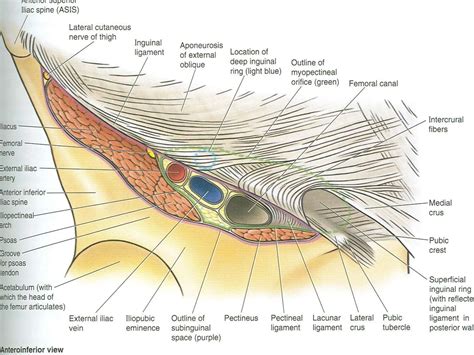
Types of Groin Injuries
Groin injuries can be classified into several types, including strains, sprains, and tears. Strains occur when the muscles or tendons are stretched or pulled, while sprains involve the ligaments. Tears, on the other hand, refer to a complete or partial rupture of the muscle or tendon. Each type of injury requires a unique treatment approach, and a healthcare professional can help determine the best course of action.Treatment Options for a Hurt Groin
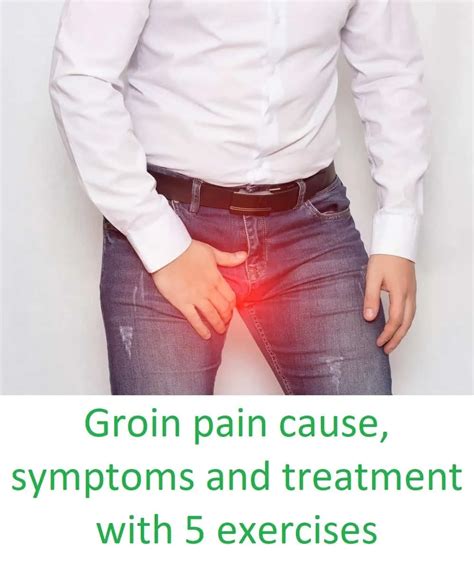
Conservative Treatment Options
Conservative treatment options for a hurt groin include: * Rest: Avoiding activities that aggravate the injury and giving the affected area time to rest and recover. * Ice: Applying ice to the affected area to reduce pain and inflammation. * Compression: Using a compression bandage or wrap to help reduce swelling. * Elevation: Elevating the affected leg above the level of the heart to reduce swelling. * Physical therapy: Engaging in exercises and stretches to improve flexibility and strength. * Medication: Taking over-the-counter pain relievers or anti-inflammatory medications to manage pain and reduce inflammation.Surgical Treatment Options
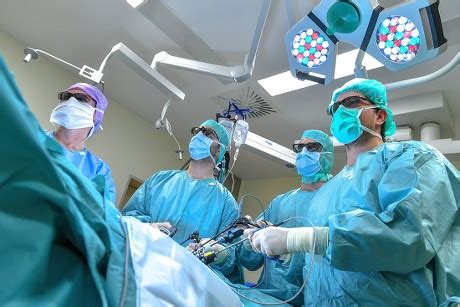
Alternative Treatment Options
Alternative treatment options for a hurt groin include: * Acupuncture: This traditional Chinese medicine technique involves inserting thin needles into specific points on the body to stimulate healing and reduce pain. * Massage: Massage therapy can help promote blood flow, reduce muscle tension, and alleviate pain. * Chiropractic care: Chiropractic adjustments can help improve joint mobility, reduce inflammation, and promote healing.Prevention and Recovery
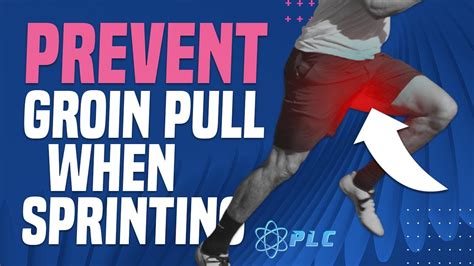
Recovery Timeline
The recovery timeline for a hurt groin depends on the severity of the injury and the effectiveness of treatment. In general, mild groin strains can take several weeks to heal, while more severe injuries may take several months. It's essential to follow a healthcare professional's guidance and avoid rushing back into activity too quickly, as this can prolong recovery and increase the risk of further injury.Conclusion and Next Steps
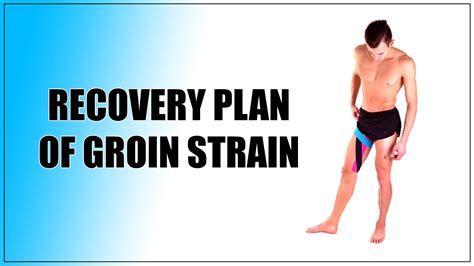
We invite you to share your experiences and questions about hurt groin treatment options in the comments section below. Your input can help others who may be going through similar challenges, and we're happy to provide guidance and support whenever possible. Don't hesitate to reach out to a healthcare professional if you're experiencing persistent or severe groin pain, and take the first step towards a pain-free and active lifestyle.
What are the common causes of groin pain?
+Groin pain can be caused by a variety of factors, including sports injuries, overuse, or sudden movements. Other underlying conditions, such as hernias or kidney stones, can also cause groin pain.
How can I prevent groin injuries?
+To reduce the risk of groin injuries, it's essential to warm up before exercise, stretch regularly, strengthen the core, and wear proper gear. Avoiding sudden movements and taking regular breaks can also help prevent groin injuries.
What are the treatment options for a hurt groin?
+The treatment options for a hurt groin depend on the severity and type of injury. Conservative treatment options include rest, ice, compression, and elevation, while more severe injuries may require physical therapy, medication, or surgery. Alternative therapies like acupuncture or massage may also be recommended.
